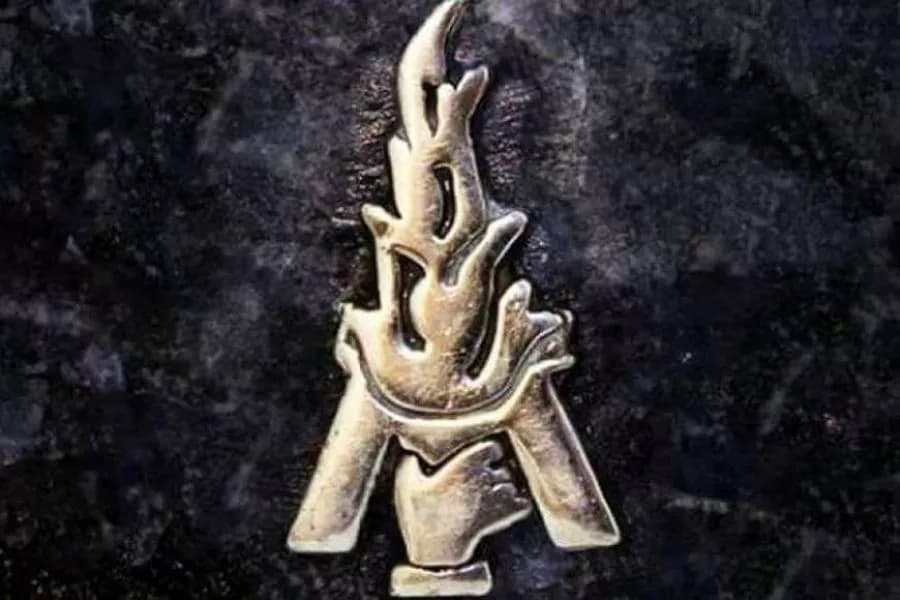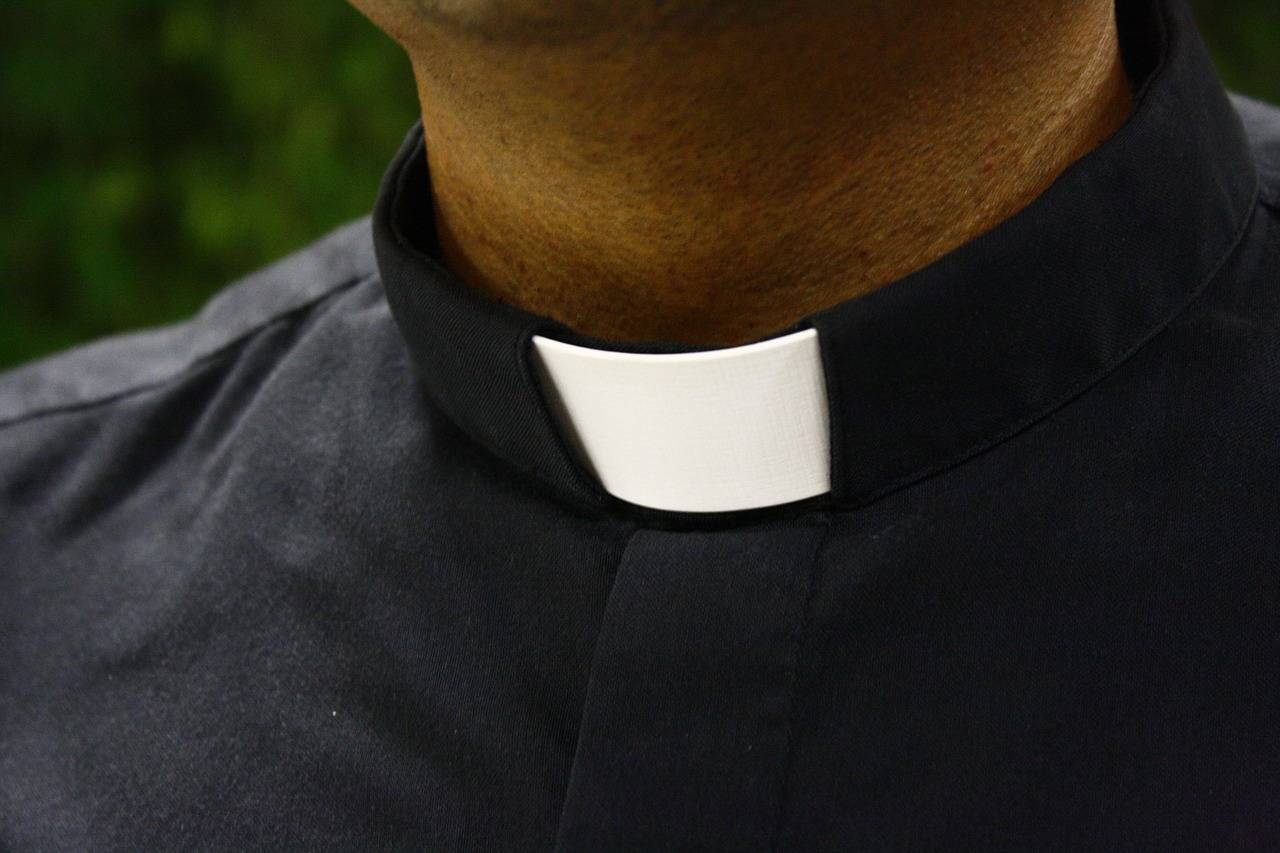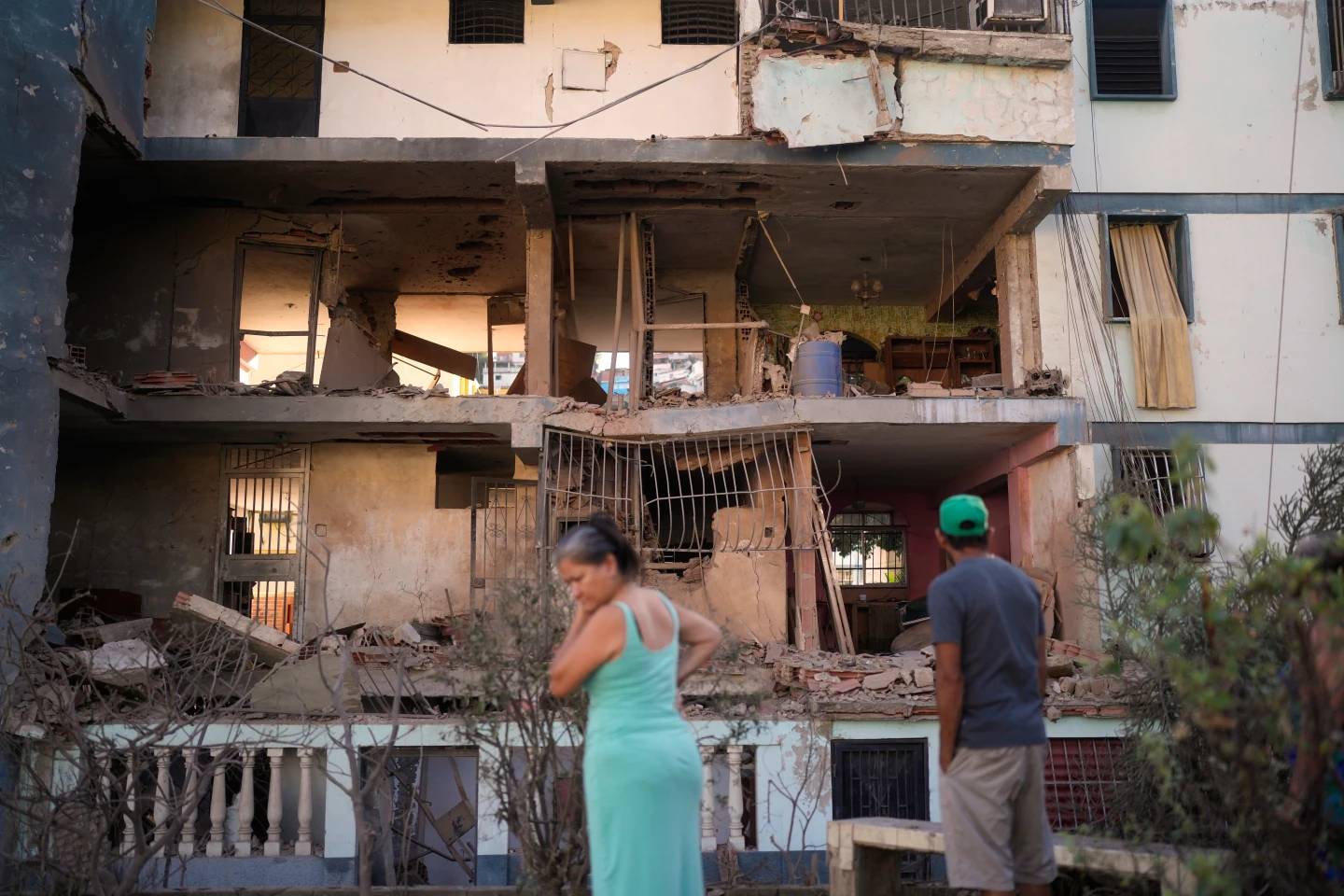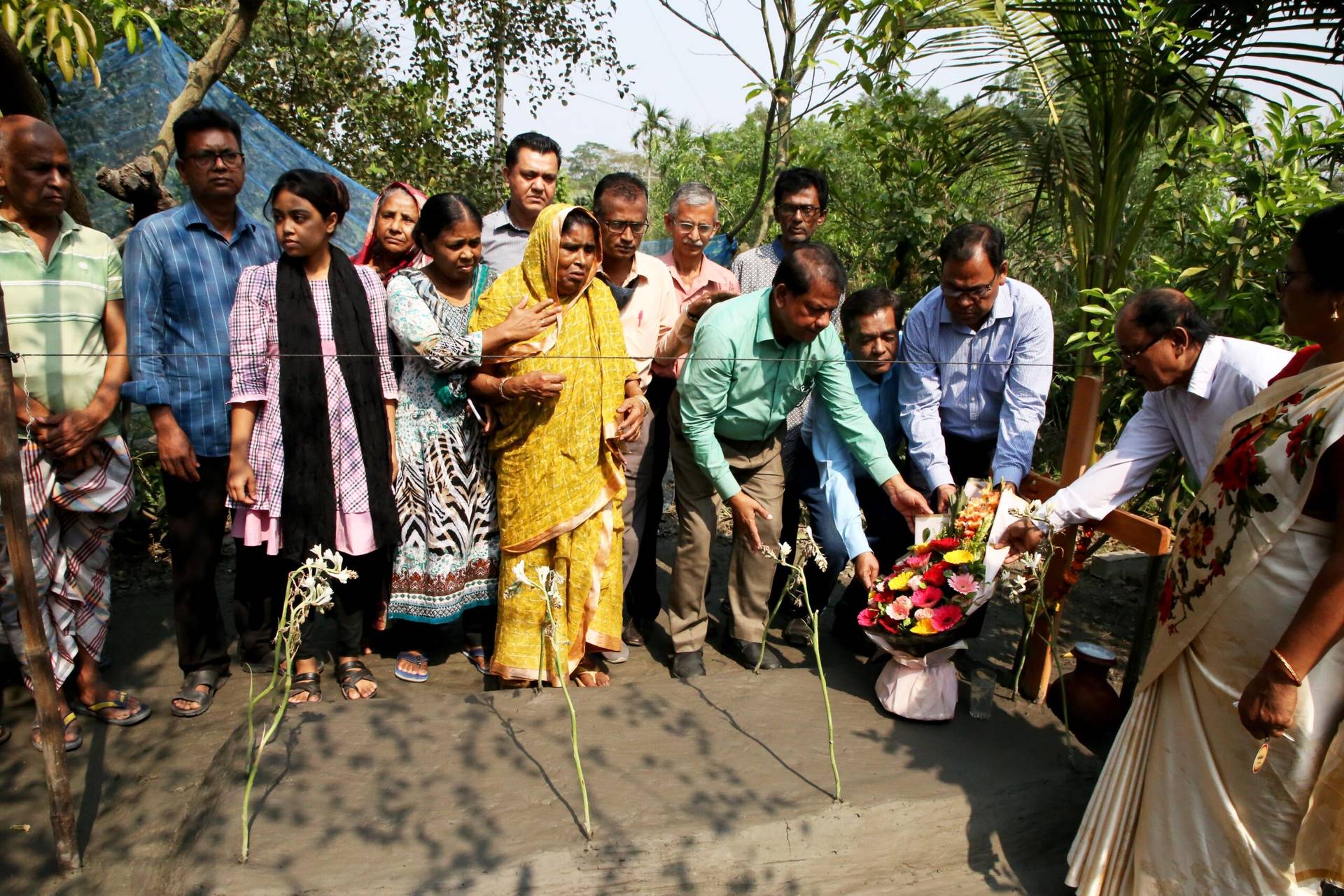ROME – Dylan Thomas famously advised those facing death, “Do not go gentle into that good night … rage, rage against the dying of the light.” If anyone on the contemporary Catholic landscape appears to have taken that counsel to heart, it might well be the Peruvian Sodalitium Christianae Vitae (SCV), a scandal-plagued movement that seems to be waging a last-ditch offensive against its accusers and critics.
In recent weeks, figures linked to the group have lodged charges of harassment against some of its principal accusers and have launched a campaign against a Vatican cardinal who signed off on the decapitation of one of the group’s main supporters in the Peruvian episcopacy.
It remains to be seen if the SCV’s counter-offensive will have any impact on a crackdown which has been underway for some time, and which recently led to the expulsion of its founder, Peruvian layman Luis Fernando Figari.
Accusing a cardinal
After the April ouster of an SCV archbishop from his post in Piura, Peru, individuals with ties to the group began accusing American Cardinal Robert Prevost, Prefect of the Vatican’s Dicastery for Bishops, of coverup of sexual abuse while he was still bishop of Chiclayo, the Peruvian diocese he led before coming to Rome last year.
At least two allies of the SCV have been vocally promoting the accusations: Peruvian canonist Father Ricardo Coronado, who received part of his philosophical formation alongside SCV members in the 1980s, and Sebastian Blanco, a former SCV member, and the brother of Figari’s longtime personal secretary, Ignacio Blanco.
Regarding the allegations of coverup against Prevost, a Vatican official told Crux on background that, “the matter was examined, and Prevost was not found to have covered up. He acted in accordance with the regulations in force at the time. On the other hand, the violence of the Sodalitium, which exposes who they are, is very evident.”
News reports prompted by the accusations, and published in Spanish and Italian, have suggested that Prevost covered up the abuse of minors by two priests in the diocese. The reports say Prevost failed to conduct an in-depth inquiry and closed the case prior to his departure for Rome, with no penalties against either of the accused.
On Sept. 10, the Diocese of Chiclayo issued a 10-point communique denying the allegations and outlining the action that Prevost and the Vatican had taken, saying Prevost launched an inquiry, prohibited the priest from ministry despite his denials, and sent the results of his investigation to Rome, also urging the women to make a civil complaint.
Both the civil prosecutor and the Vatican’s Dicastery for the Doctrine of the Faith (DDF), the statement said, archived the case in 2023 due to a lack of evidence. However, last fall the former apostolic administrator of Chiclayo, Bishop Guillermo Cornejo, reopened the case after one of the victims began making public statements in the media.
The case remains open before the Vatican’s Dicastery for the Doctrine of the Faith.
Notably, the canon lawyer representing the Chiclayo victims is Coronado – who, according to journalist Pedro Salinas, helped unveil the SCV scandals publicly in 2015, has a decades-old relationship with the group. Salinas told Crux that he met Coronado at university while in the SCV in 1983, and that other prominent SCV members were also part of the class and befriended Coronado.
Coronado, a former Augustinian himself, has also accused Prevost of coverup up the abuse of cases inside the Augustinian order, which Prevost led as superior general from 2001-2013.
Speaking to Crux, a member of the Augustinian’s Rome-based headquarters who asked not to be named because they were unauthorized to speak about the issue said that according to the information they possess, the allegations that Prevost covered up abuse inside the order are “patently false.”
The source voiced their belief that the accusations by Coronado amount to “a character assassination” of Prevost due to historic personal differences, and of Pope Francis, with whom Coronado holds theological differences. They said Coronado himself is also embroiled in his own canonical troubles.
On Aug. 24, prior to the publication of the most recent reports containing the allegations against Prevost, the Peruvian Episcopal Conference (CEP) issued a brief unsigned statement announcing that Coronado “cannot receive approval to act as an ecclesiastical lawyer and must be prohibited from exercising his legal representation in cases already underway.”
A subsequent statement on Sept. 14 reiterated that Coronado was unable to act as an ecclesial lawyer, adding that the reason is Coronado “is being subjected to canonical-ecclesiastical proceedings in the penal sphere, due to complaints that are being processed in the corresponding instances.”
“The interpretation that the Peruvian Episcopal Conference is trying to prevent justice from being done to those who have denounced abuse is therefore absolutely false and unfounded,” the CEP said.
The case against Coronado apparently involves a complaint filed by his bishop, Isaac Martinez Chuquizana of Cajamarca, with the Vatican’s Dicastery for Clergy on Aug. 12 for “a presumed crime against the sixth commandment.” Coronado was given 15 days to either present a request for dismissal from the clerical state or to refuse, in which case an “administrative penal procedure” would be launched.
In addition to his troubles in Peru, Coronado has also faced legal difficulties in the United States.
For nearly 20 years, Coronado served as judicial vicar and chancellor of the Diocese of Colorado Springs, a suffragan of the Archdiocese of Denver, where the SCV’s base of operations in the U.S. is located. He stepped down in 2022, apparently over differences with Bishop James Golka, with the understanding that he was still a priest in good standing and was able to celebrate the sacraments while in the diocese.
However, earlier this year Coronado filed a lawsuit against Golka and his vicar general, Monsignor Robert Jaeger, for allegedly breaking a memorandum of understanding in which the parties agreed not to go public, after Jaeger issued a June 2023 statement saying he had been made aware of “certain allegations” regarding Coronado’s conduct and that he was no longer a priest in good standing.
That lawsuit was subsequently dismissed by the District Court of El Paso County.
After the accusations went public against Prevost, another individual Salinas said has longstanding close ties to the SCV, Gonzalo Valderrama, promoted them on social media, saying, “What is there of what Pope Francis has asked, of that ‘zero tolerance’ in sexual abuse?”
“To disable the lawyer of the victims, preventing them from defending themselves? Isn’t that a case of shielding, isn’t this method a means of shielding Prevost as having covered up?” he wrote.
Another person with ties to the SCV who has promoted the allegations against Prevost is former SCV member Sebastian Blanco, who published a Sept. 10 video on YouTube titled, “a cat for a hare,” a Spanish phrase used to indicate a scam or a deliberate deception, outlining the allegations and accusing Prevost of coverup, while also condemning the prohibition on Coronado’s ability to practice ecclesial law.
The accusations against Prevost come after he authorized the ouster in April of SCV member Archbishop José Antonio Eguren Anselmi, who has been accused of abuse and financial corruption, from his post leading the archdiocese of Piura.
Accusing SCV victims
Blanco, the brother of Figari’s longtime secretary, Ignacio Blanco, is also one of two individuals close to the SCV who have accused victims of the SCV of harassment and who last year attempted to influence the Vatican’s formal inquiry into the group.
Last July, Pope Francis sent Maltese Archbishop Charles Scicluna of Malta, adjunct secretary of the Dicastery for the Doctrine of the Faith, and Spanish Monsignor Jordi Bertomeu, an official of the dicastery, to Lima to investigate the SCV.
At the beginning of the process, Blanco and a woman close to the SCV named Giuliana Caccia Arana – both of whom belong to an organization for parents in Peru that is close to the SCV – presented themselves as victims.
As recounted by Peruvian journalist Raul Tola in an article published a few days after Scicluna and Bertomeu concluded their work, on the first day of the inquiry, both Caccia and Blanco arrived at the Vatican nunciature in Lima, where the interviews with SCV victims and members were being held, asking to be interviewed.
Scicluna, according to journalists present at the time, was not present as he had missed his flight to Lima, so Bertomeu interviewed the two alone.
Tola – who did not identify Caccia or Blanco by name, referring to them only as a man and a woman – in his article said they claimed to be victims not of the SCV, but of the journalists investigating the SCV, namely, Salinas and fellow Peruvian journalist Paola Ugaz.
Caccia, according to Tola, claimed she had been harassed by the journalists on the social media platform X, while Blanco reportedly spoke of the good that the SCV’s formation methods had done him.
Responses
In a comment to Crux, SCV spokesman Daniel Calderon said the SCV “is not trying to discredit the victims or people who have carried out or are carrying out investigations.”
“For many years we have been collaborating with the various provisions given to us by the Holy See,” he said, saying, “caring for victims is a process that we have been carrying out continuously.”
Speaking to Crux, Blanco said that in his video about Prevost, “at no point am I making an accusation,” but rather, “I am simply doing what is known as a neutral point by picking up the news spread by a media outlet.”
He criticized Salinas, who published a podcast Sept. 11 outlining Coronado’s ties to the SCV and Blanco and Caccia’s affiliation with the SCV, for focusing on Coronado’s connection to the group, saying, “what relevance can Father Coronado’s friendly relations have on the justice that the victims are asking for?”
Blanco said it was wrong to say that he is “putting into question the work of the Scicluna-Bertomeu mission,” and explained that his meeting with the pair last summer was given after he had requested it from the nunciature in Lima.
When he arrived for his appointment, Blanco said, Scicluna had not arrived, but his meeting with Bertomeu was “held in a climate of cordial openness and I was expressly told that what was discussed there would be transmitted to Pope Francis, and only to him.”
He said he did not try to “surprise” anyone and that his visit was not “unexpected,” and “much less did I try to interfere in the investigations of the mission.”
“I asked for an appointment, they gave it to me, and I attended in good faith to give a testimony that in conscience I considered appropriate,” he said, saying the article later published by Tola indicated to him that “there was a leak of information.”
“I am saddened that this issue is being aired publicly when it should have remained within the scope of papal secrecy,” he said.
In comments to Crux, Caccia made a similar statement, saying she requested a meeting with Scicluna and Bertomeu from the nunciature, but she accused Bertomeu of leaking information about their statements based on the article published by Tola.
“I did not go to denounce any journalist who reports on the Sodalitium. That is a lie. I went to present my testimony about two former Sodalitium members of which I am a victim,” she said.
Referring to Salinas’s podcast, she said, “how does he know the content of my meeting with Father Bertomeu when it took place in a confidential framework? Does he have any way of proving that I went to speak well of the Sodalitium?”
Caccia said she was given a meeting with Bertomeu after having asked for one, and therefore did not try to “surprise” anyone.
“I also had no intention – nor do I have – of discrediting the Vatican mission,” she said.
However, Caccia took issue with Tola’s report, saying, “I am surprised to see how journalists are revealing details of an audience with the Scicluna-Bertomeu mission that should have been and should remain confidential.”
Salinas in his comments to Crux said that the day after Caccia and Blanco gave their testimonies, he and Ugaz were the first to be interviewed by Scicluna and Bertomeu, and that they asked generic questions about two individuals who had accused the journalists of harassment, without mentioning their names.
The Vatican duo, Salinas said, asked him about a person, whom they did not name, who had denied his claims about a “culture of abuse” within the SCV, and about the group’s formation house in San Bartolo.
Likewise, Ugaz said she was asked about a person who claimed to have been harassed on social media by individuals with ties to the SCV.
“We found out later that it was Caccia and Blanco, because the photographers waiting outside the nunciature were asking us for help identifying the people who came in, and Caccia and Blanco were the only ones who came on Monday,” Salinas said, noting that the formal interviews with Scicluna and Bertomeu did not start until that Tuesday.
Coronado did not respond to a Crux request for comment.
Follow Elise Ann Allen on X: @eliseannallen
Caccia has provided Crux a response to this article, which can be found here: https://cruxnow.com/church-in-the-americas/2024/09/peruvian-laywoman-responds-to-crux-coverage-of-scv
Blanco has also offered a response: https://cruxnow.com/church-in-the-americas/2024/09/peruvian-layman-responds-to-crux-coverage-of-scv
















